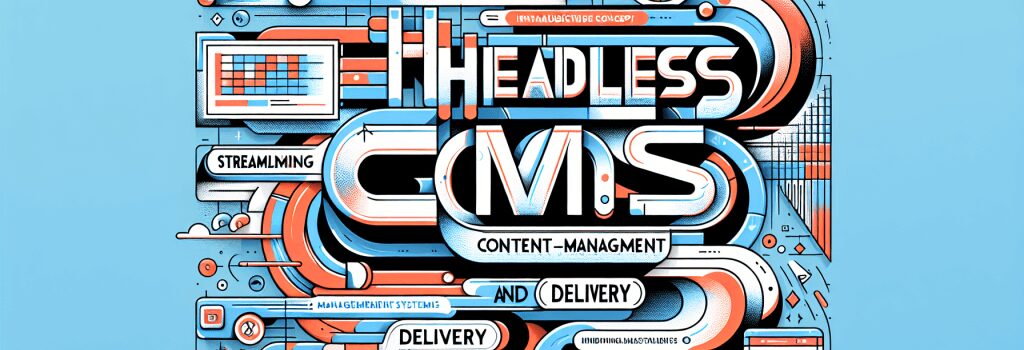Headless CMS: Streamlining Content Management and Delivery

Streamlining Content Management and Delivery with Headless CMS
In the fast-paced world of web development, the tools and technologies used to build and manage websites are continually evolving. Among these innovations, Headless Content Management Systems (Headless CMS) have emerged as a game-changing solution for both content management and delivery. This approach offers unparalleled flexibility, speed, and scalability, making it a vital topic for any aspiring web developer looking to specialize in modern web development practices.
Understanding Headless CMS
Unlike traditional CMS platforms where the front-end and back-end are tightly coupled, a Headless CMS separates the content repository (“body”) from the presentation layer (“head”). This decoupling allows developers to use any technology stack to display the content, providing the freedom to create highly customized and dynamic user experiences across various channels and devices.
Advantages of Headless CMS
Flexibility and Customization
With a Headless CMS, developers are no longer confined to the limitations of specific templates or themes. This opens up endless possibilities for customizing how and where content is displayed, whether it be websites, mobile apps, or IoT devices.
Improved Performance
Since the front-end is developed independently, websites can be optimized for speed and performance. This is particularly crucial in an era where page load times significantly impact user engagement and SEO rankings.
Enhanced Scalability
As your project or organization grows, a Headless CMS can easily scale to meet increased demands without compromising on performance or experiencing downtimes.
Streamlined Content Management
Content creators can manage their content in one place, and seamlessly distribute it across multiple platforms. This not only saves time but also ensures a consistent content experience everywhere.
Future-Proofing Your Projects
Adopting a Headless CMS approach means that your projects are more adaptable to future technologies. As new platforms and devices emerge, your content can easily be made available without needing to overhaul your entire CMS.
Implementing Headless CMS in Your Projects
To effectively leverage a Headless CMS, it’s essential to understand both the theoretical aspects and practical implementation. Here are some steps to guide you:
1. Evaluate Your Needs: Analyze your project requirements and determine if the flexibility and performance benefits of a Headless CMS align with your goals.
2. Choose the Right Headless CMS: There are numerous options available, each with its strengths and weaknesses. Research and select one that fits your technical requirements and budget.
3. Plan Your Content Model: Organize your content into models and define relationships. This makes it easier to manage and retrieve content for different use cases.
4. Develop the Front-End: Utilize your preferred technology stack (HTML, CSS, JavaScript, etc.) to build the presentation layer. This is where your creativity and coding skills come to life.
5. Integrate with the Headless CMS: Use the CMS’s APIs to pull content into your application. This typically involves some back-end development work, possibly utilizing PHP or JavaScript frameworks.
Conclusion
Adopting a Headless CMS can significantly enhance the way you manage and deliver content for web development projects. It offers the flexibility, performance, and scalability needed in the modern digital landscape. By understanding and implementing Headless CMS, you position yourself at the forefront of web development innovation, ready to tackle the challenges of today and tomorrow.
As you continue your journey to becoming a proficient web developer, mastering the concepts and practical applications of Headless CMS will undoubtedly be a valuable asset in your toolkit.


